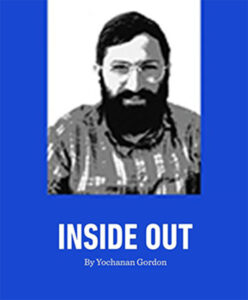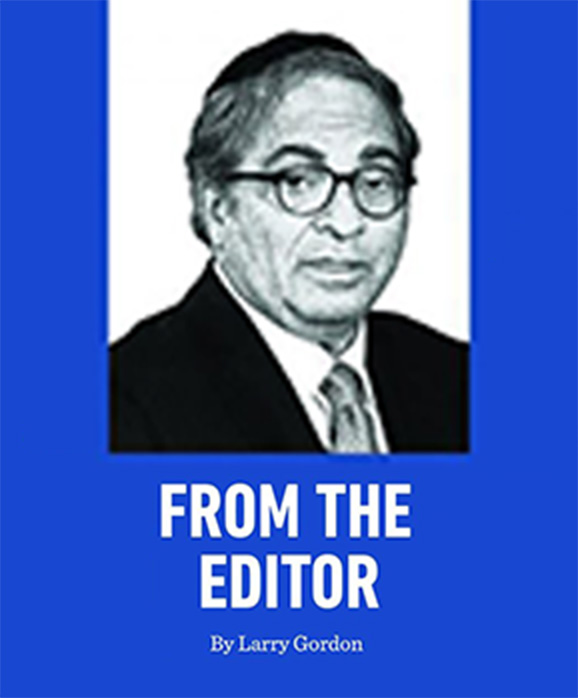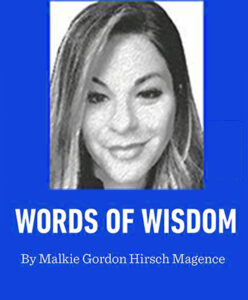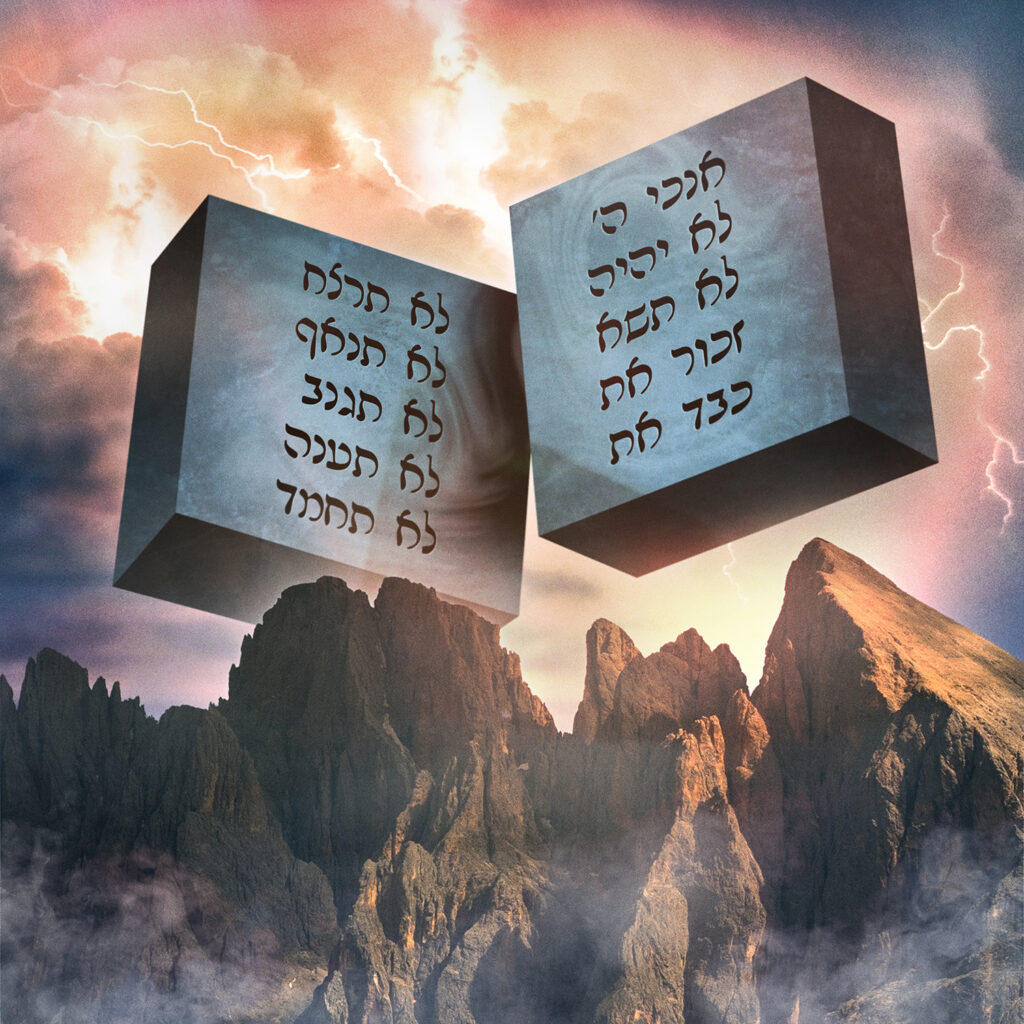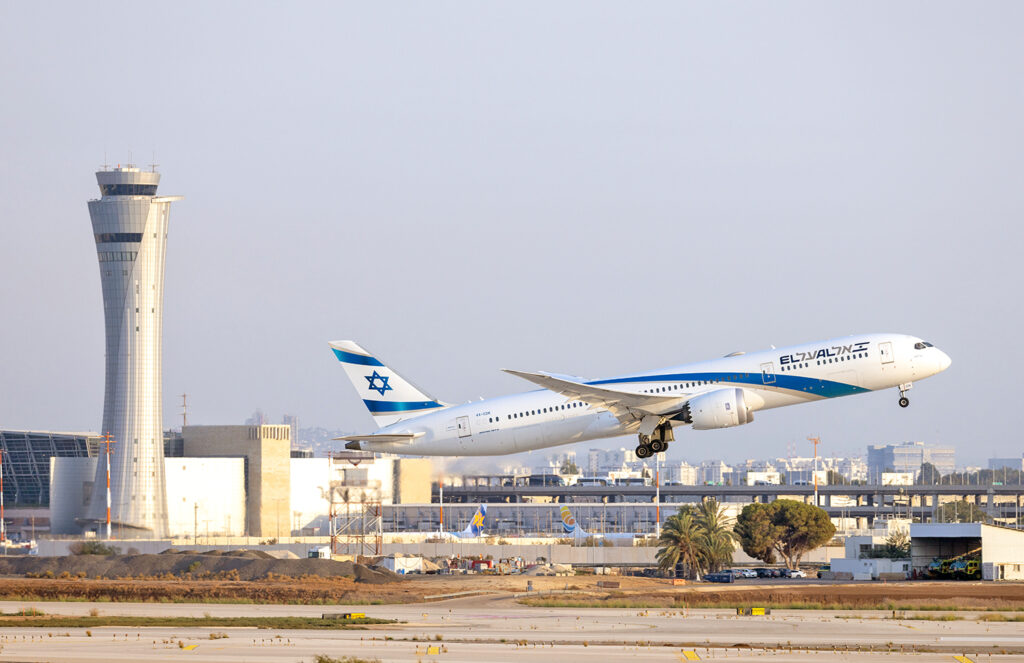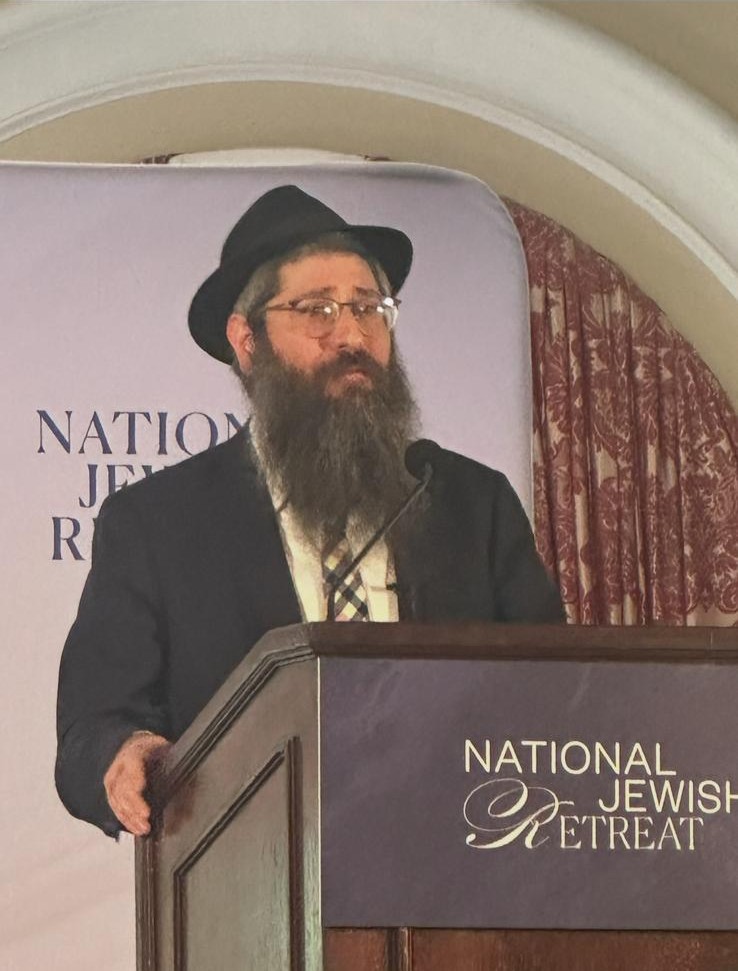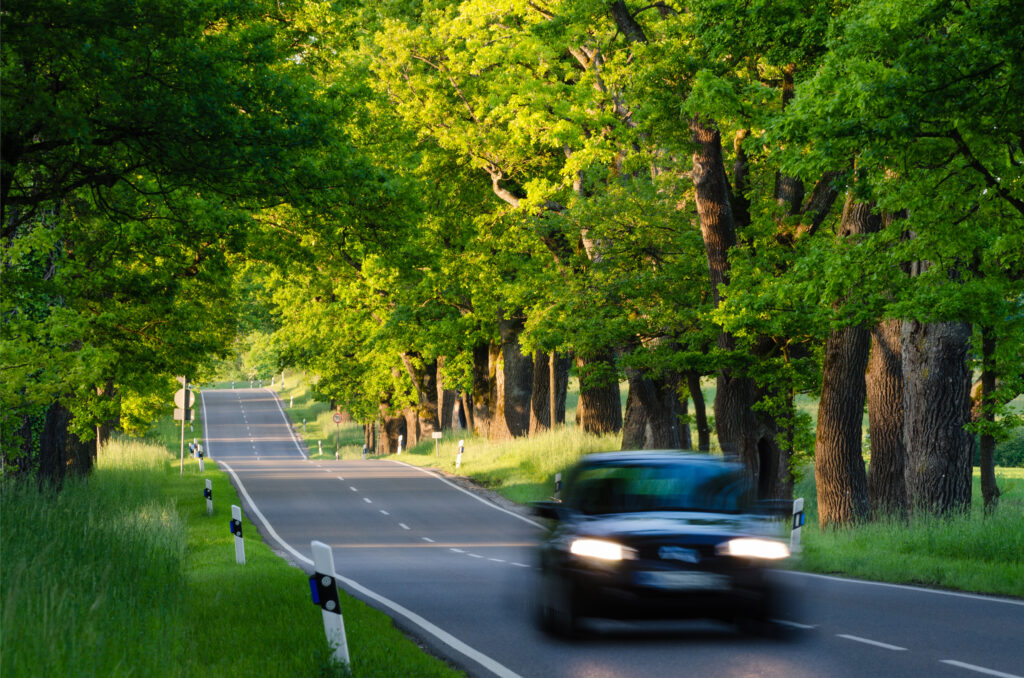Mountain Climbing
My father used to say this a lot and so it has remained ingrained in my mind. And it’s a relatively simple but also poignant observation about our three chagim, otherwise known as the shalosh regalim
At some point on Shavuos, he would say, “The difference between our holidays is that on Sukkos you can eat whatever you want, but not wherever you want; on Pesach you can eat wherever you want, but not whatever you want, but on Shavuos you can eat wherever you want and whatever you want.” So, on the yom tov of Shavuos that we are about to celebrate, we are dining in style without the other considerations or restrictions that are a part of the other two big holidays.
An interesting aspect that the food service and supermarket people have shared with me over the years is that, in terms of sales, Shavuos is the busiest and most lucrative yom tov than of all the shalosh regalim.
And if that is accurate, I have to wonder why. After all, I get a sense from just perusing the supermarket aisles in the weeks prior to Pesach that many people you would normally never see shopping in our well-stocked Pesach emporiums all of a sudden start stocking up on all the holiday staples. I’ll go a step further and suggest that many of those who were planning to celebrate Pesach do not know much about Shavuos since, unfortunately, a large percentage of the non-Orthodox Jewish community do not celebrate the chag at all.
Which is truly ironic given that Shavuos is the holiday that marks the giving of the Torah at Har Sinai, which is the basis for all the other yomim tovim and Jewish observances.
Shavuos is the one holiday that is not specifically connected to a situation where the fledgling Jewish nation was under assault or on the run. Arguably, all of our historical experiences are attached in one way or another to the enslavement of our nation or epic battles against an assortment of enemies that threatened our sovereignty of Eretz Yisrael.
On the way out of Egypt, however, Hashem directed us to Har Sinai, a small and relatively insignificant mountain in the Sinai Desert where we gathered as a people in a unified fashion to receive the Torah by G-d Almighty.
It is at this approximate time of year when the question arises as to why G-d specifically chose a moderately-sized mountain when he could have chosen a huge mountain on which to give the Torah. Our commentators have written that the objective of Matan Torah taking place on a lower or shorter mountain was to show the people of Israel the concept of humility.
And this begs the question: if Hashem wanted to teach us about humility, why did He choose to give the Torah on a mountain? Why not just give it in a valley?
A few months ago, I came across a video of Rabbi Meir Kahane, who was a great man in his time, in which he explains the pshat of this idea of a mountain versus a valley for Matan Torah. Rabbi Kahane repeated the explanation that while the question was a good one, the best explanation is that Hashem chose to give the Torah on a mountain as opposed to a valley to “teach humility to the Jewish people, but in fact the Torah was given on the mountain because the idea is to be humble, but not too humble.”
Rabbi Kahane stated that certainly Jews should be humble, but as stated above: not too humble. He continued by saying, “Nothing good ever came out of Auschwitz. Never be a valley; there’s no mitzvah for a Jew to be stepped on. It’s better to be a winner than a loser; it’s better to live than to die, and it’s better to have a Jewish state that is hated by the whole world than an Auschwitz that is loved by it.”
So, in part, that is the message of the giving of the Torah at Har Sinai that we mark next week. And it possibly has greater significance today than it did in years past. It’s 2025 and there is a worldwide attempt to badger and knock the Jewish people around in a way unlike any other time in the modern era.
And while receiving the Torah and proudly being G-d’s chosen nation is in effect an isolationist experience, the type of isolation we are dealing with today is quite the opposite of its original intent. A great deal of the attempt to sideline Israel is emanating from many college campuses in addition to the UN.
Recently, U.S. Ambassador to Israel Mike Huckabee said that those who are demonstrating antisemitic behavior and Jew-hatred are people who on the surface look like those who harbor hostility toward Jews, but in reality, their hatred is really directed at G-d.
And that animosity directed at us, the People of the Book, who stay awake all night on the first night of yom tov learning Torah, that might very well be the source and motivation for that display of hostility.
Which brings us to the matter of the custom to remain awake all night, daven Shacharis with the sunrise, and then go to catch some shut eye and dine l’kavod yom tov. That custom, according to Chassidic thought, began as a result of a misunderstanding of the Jewish people as they were camped out around Har Sinai in advance of receiving the Torah.
At the time they believed that the Torah was something that was not accepted by mundane everyday people, but rather it was a compilation of laws and ideas that had to be communicated exclusively to Jewish souls. And that would require the people to be asleep, a time when the soul separates from the body in a semi-esoteric fashion so they can receive those lofty ideas more effectively.
But therein lay the misunderstanding, that the Torah was not intended for esoteric souls, but for humans, that is, souls wrapped in human bodies. Therefore, since our ancestors slept so peacefully that first night around Har Sinai, it is our minhag to stay awake and study that very same Torah.
And finally, and perhaps a major focus of the yom tov, are all those cheese dishes, pastas, blintzes, etc. I was in one of the more popular dairy stores in Cedarhurst where there was a flyer posted in two locations with the rules and regulations for ordering for Shavuos. Some of the instructions included the deadline for placing orders, how and when payments must be made, and of course by what date and time the food must be picked up.
The dairy concept is based on the fact that the Torah had just been given to the Jewish people, which meant they were not well-versed in the laws pertaining to kosher shechita, hence the need for a high-calorie dairy meal on the chag.
For some, those directions constitute in part, a Ten Commandments of sorts on how to observe the yom tov of Shavuos. For most of us it is about the solemn acceptance of that which distinguishes us from so much of the rest of the world. It is the source of the anathema that so much of the world harbors for Am Yisrael. And it’s not the cheese soufflé that is at the core of their hostility. It is our unending attachment to Hashem through the giving of the Torah.
Chag sameach to all.
Read more of Larry Gordon’s articles at 5TJT.com. Follow 5 Towns Jewish Times on Facebook, Instagram, and Twitter for updates and live videos. Comments, questions, and suggestions are welcome at 5TJT.com and on Facebook, Instagram, and Twitter.
